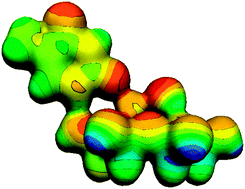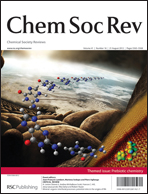Mineral–organic interfacial processes: potential roles in the origins of life†
Abstract
Life is believed to have originated on Earth ∼4.4–3.5 Ga ago, via processes in which organic compounds supplied by the environment self-organized, in some geochemical environmental niches, into systems capable of replication with hereditary mutation. This process is generally supposed to have occurred in an aqueous environment and, likely, in the presence of minerals. Mineral surfaces present rich opportunities for heterogeneous catalysis and concentration which may have significantly altered and directed the process of prebiotic organic complexification leading to life. We review here general concepts in prebiotic mineral-organic interfacial processes, as well as recent advances in the study of mineral surface-organic interactions of potential relevance to understanding the origin of life.

- This article is part of the themed collection: Prebiotic chemistry

 Please wait while we load your content...
Please wait while we load your content...